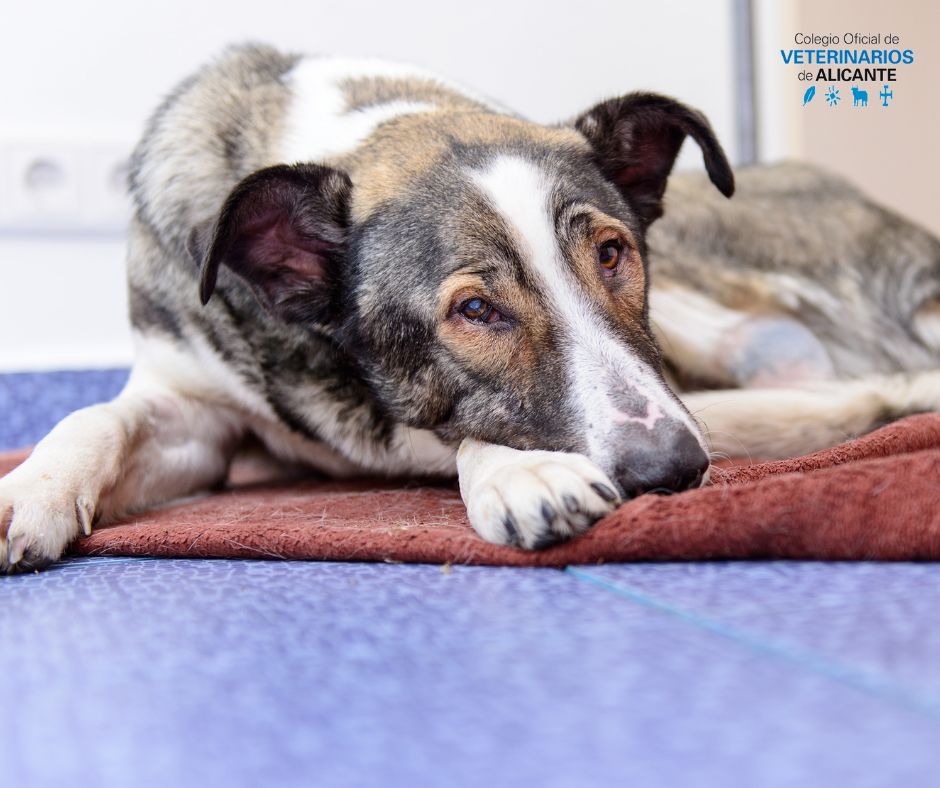

Puede dirigir sus consultas al Colegio de Veterinarios de Alicante enviando un mensaje a la siguiente dirección: secretaria@icoval.org

Leishmaniasis is a parasitic disease caused by protozoa of the genus Leishmania, which are transmitted by the bite of infected phlebotomine sandflies. The disease affects both humans and animals, especially dogs, which act as reservoirs of the parasite.
Transmission of Leishmaniasis occurs when blood-feeding female phlebotomine sandflies ingest the amastigotes (intracellular forms of the protozoan parasite) by sucking blood from infected animals.
In Spain there are basically two types of leishmaniasis, depending on their pathological manifestations: visceral leishmaniasis and cutaneous leishmaniasis. Both have the same vectors involved in transmission: the females of two mosquitoes belonging to the genus Phlebotomus perniciosus and P. ariasi.
The most important reservoir demonstrated in our country is the dog (which is also a susceptible host).
Leishmaniasis occurs in three main clinical forms, each with specific characteristics and symptoms:
Visceral L. visceralis or Kala-azar occurs endemically, being a disease that tends to be chronic and especially affects children. In recent years it has occurred more frequently in people with acquired immunodeficiency syndrome and in people undergoing immunosuppressive treatment (cancer patients, transplant recipients, etc.).
Leishmaniasis is transmitted through the bite of infected female phlebotomine sandflies, which feed on blood. The sandflies contract the parasite by biting an infected animal or person, and then transmit the infection to other hosts in their subsequent bites.
In endemic areas, dogs are the main reservoirs of the disease, and transmission to humans occurs mainly in rural or peri-urban areas.
The life cycle of Leishmania involves two hosts:
In dogs, the incubation period can last for months or years. Signs vary according to the type of leishmaniasis present: cutaneous, mucocutaneous or visceral, and generally include cachexia, alopecia, onychogryposis, lymphadenopathy, hepatomegaly, splenomegaly, etc.
In summary, leishmaniasis is a serious disease with diverse clinical manifestations that depends on timely diagnosis and appropriate treatment to avoid serious and life-threatening complications.

Puede dirigir sus consultas al Colegio de Veterinarios de Alicante enviando un mensaje a la siguiente dirección: secretaria@icoval.org